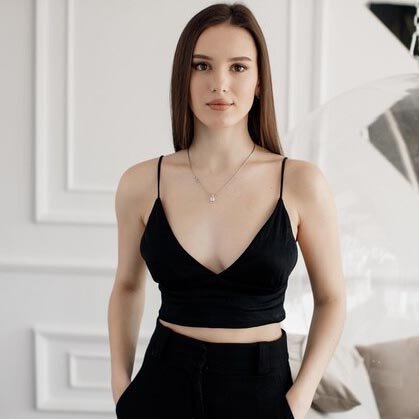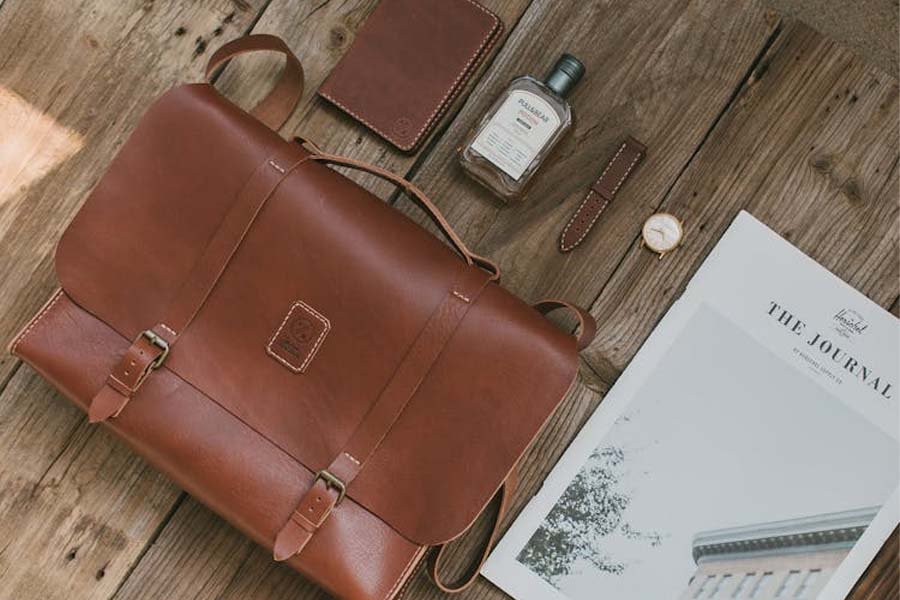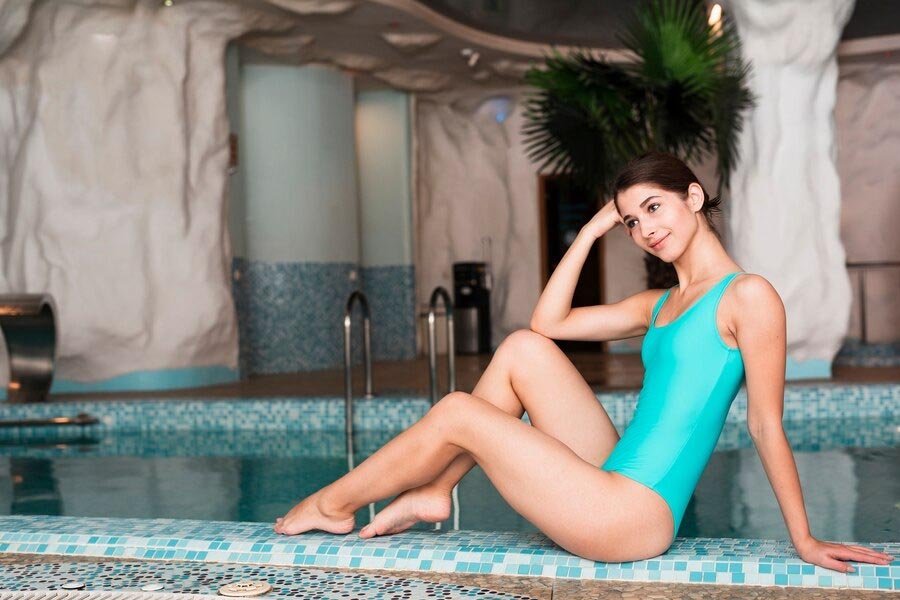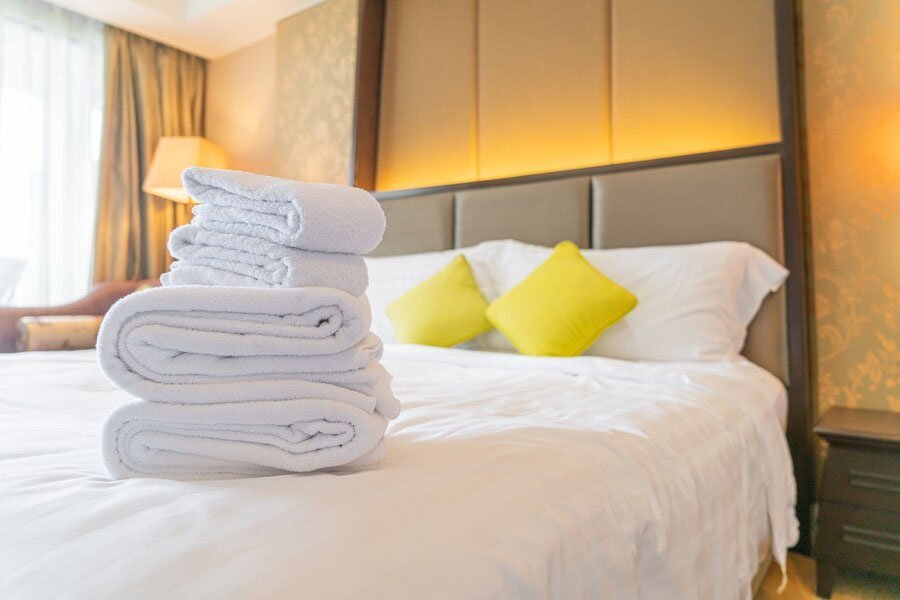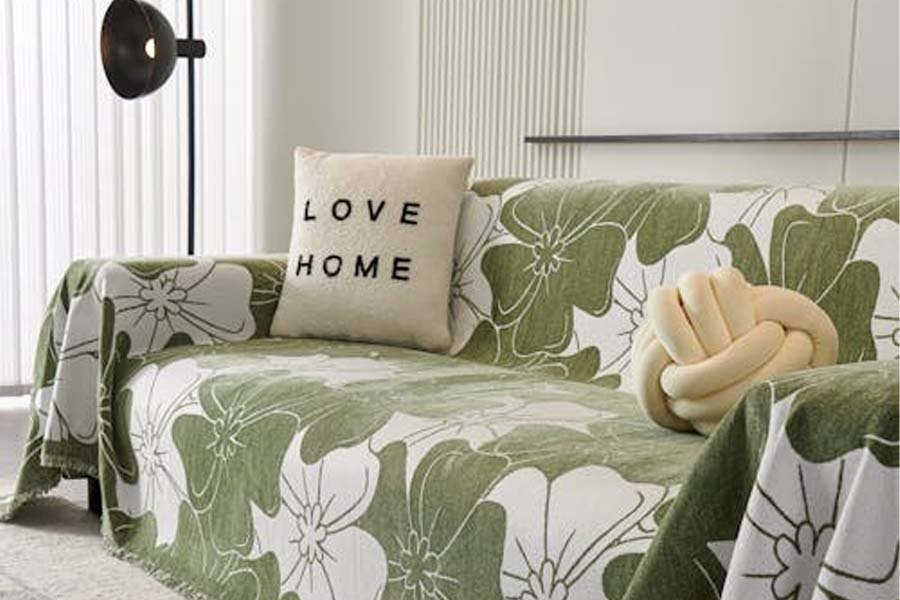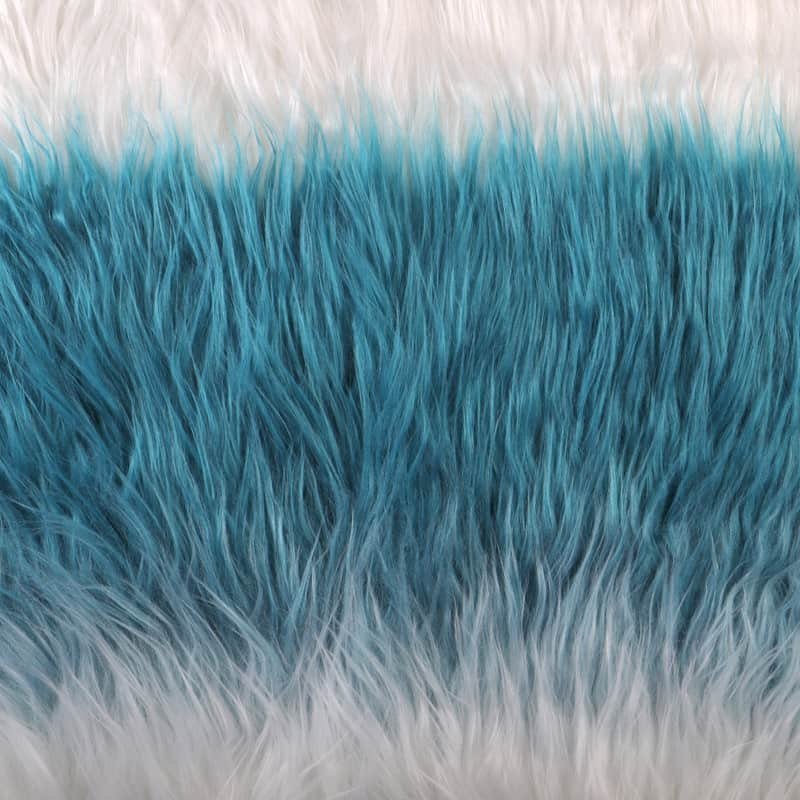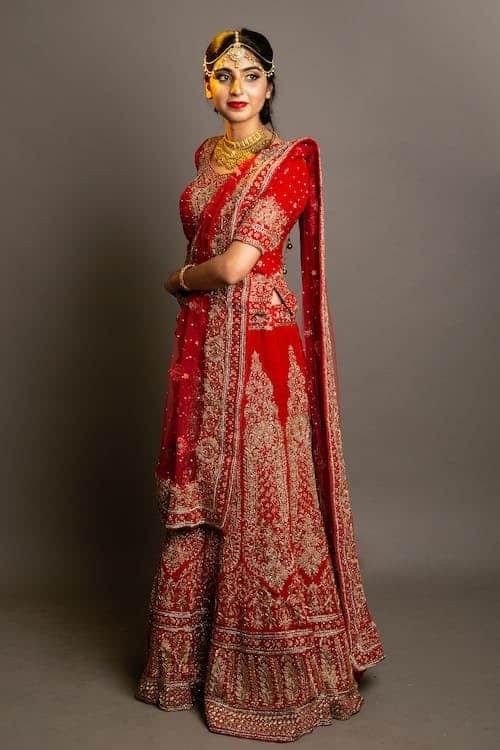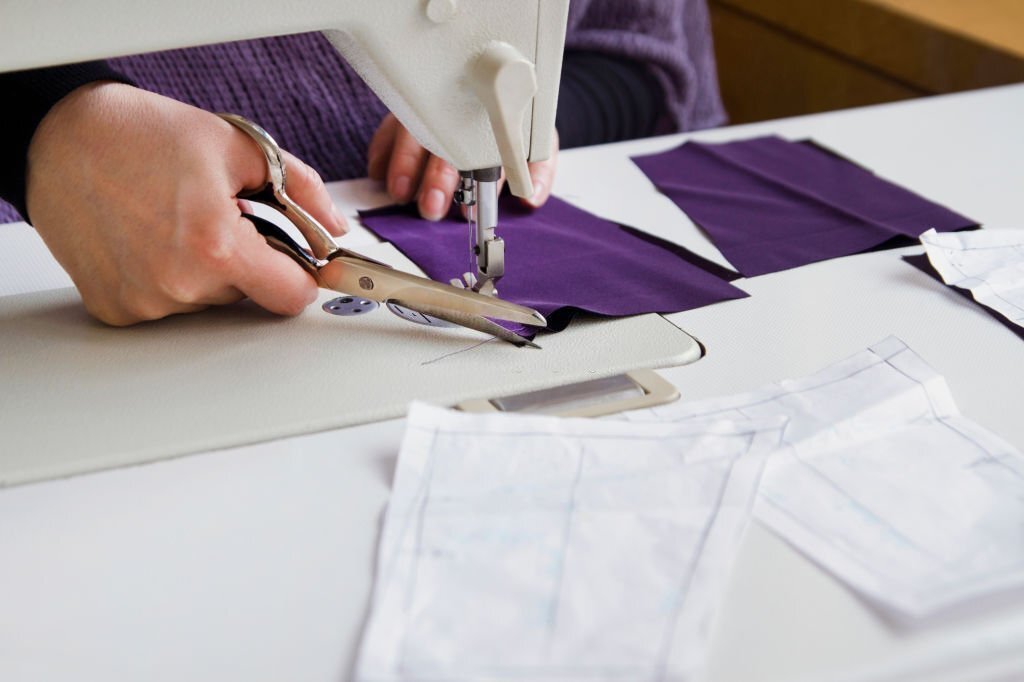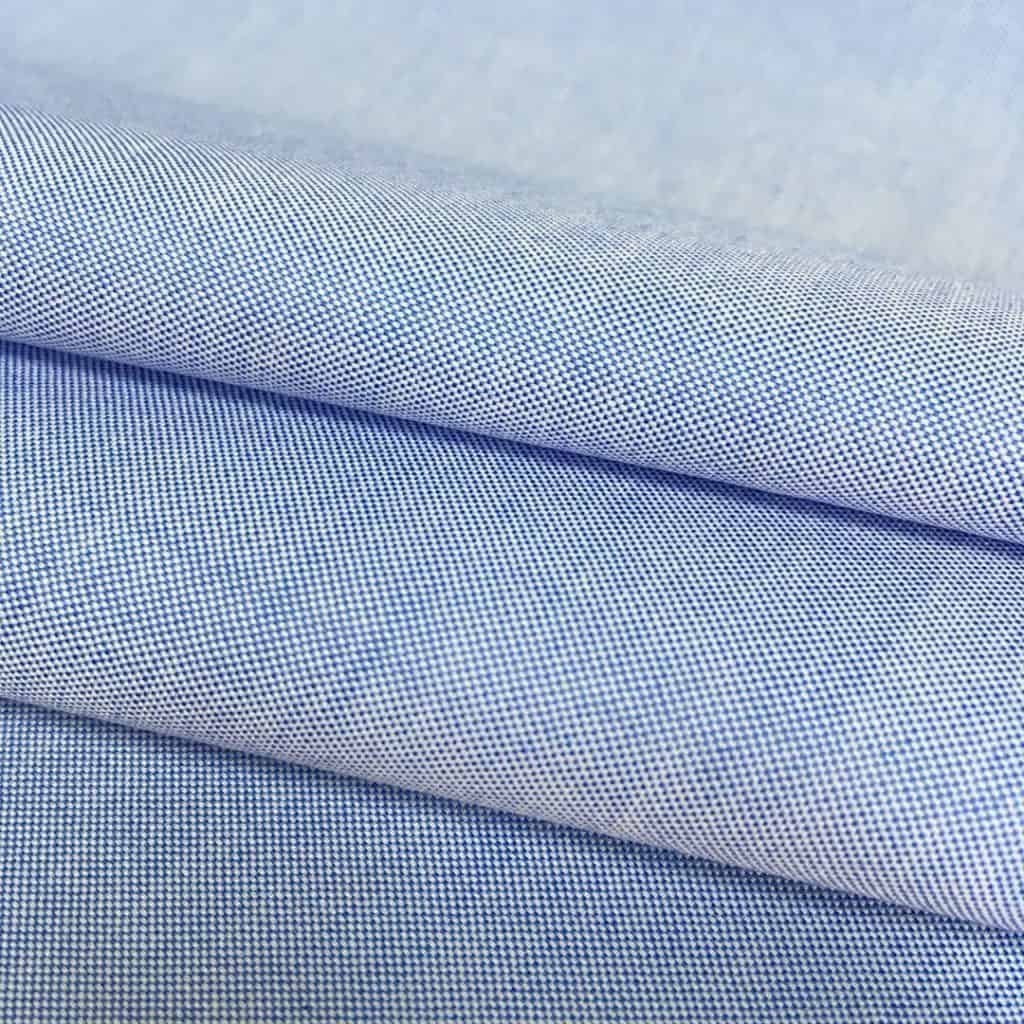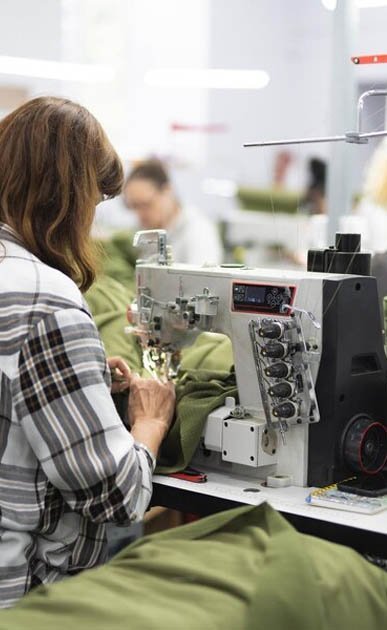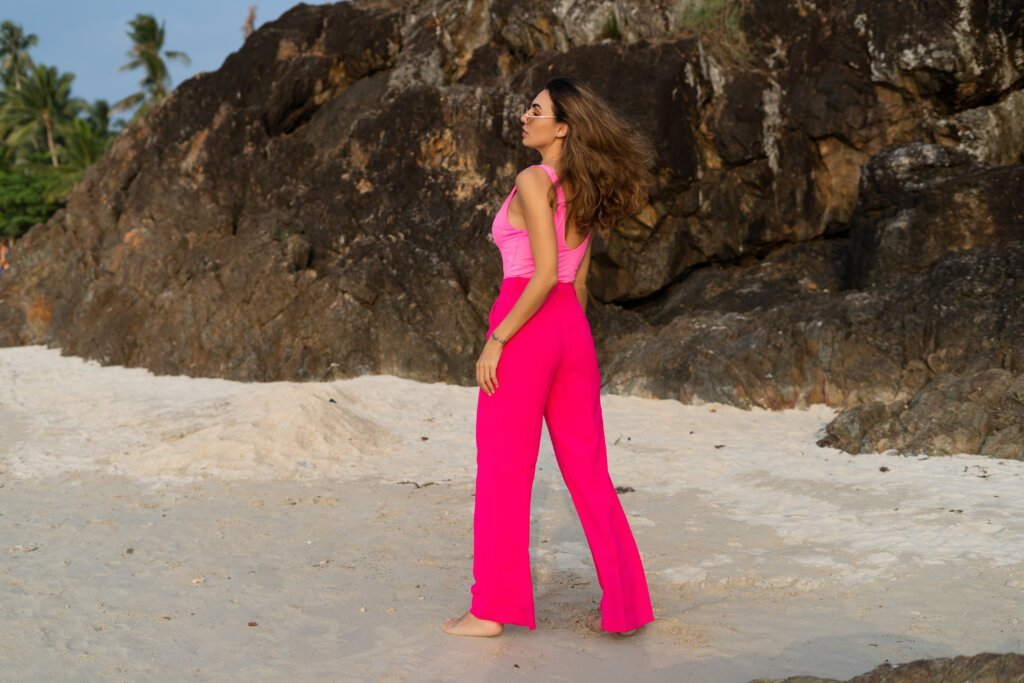
In this article, we’ll look at how to start a children’s clothing business, from research to designing kidswear and where to sell children’s clothes.
You have creative leeway with bold prints and quirky designs when you design and create children’s clothing, but there are specific requirements to consider, such as safety, durability, and comfort. We’ll look at all that below. Let’s get into it!
Step 1: Do Your Research
Before you launch headfirst into designing kids’ clothing lines and making toddler designer shirts and designer kids’ dresses, you must understand your market. Look at current trends, find out what consumers are buying, and whether you could fill any gaps in the market with your kids’ clothing line.
You need to walk yourself through the different palettes, prints, patterns, and fabrics. Consider whether your designs will focus on aesthetics, ergonomics, or both. Look at the material that children love, such as animal designs and simple shapes, and think about how you can put your own unique spin on styles that have proved popular.
Safety is also important for children’s clothing, especially when designing outfits for babies and toddlers. Fabrics should be soft, comfortable, and durable, and the fastenings should be child-friendly and secure. The last thing you want is clothing that could hurt a little one or be a choking hazard.
Step 2: Identify Your Target Customers
Knowing your target demographic sets a successful company apart from a not-so-successful one. Identifying your consumers means you can get into their mindset and find out what they need and want for their children.
Decision Makers
When making baby clothing, it’s the parents that you should consider. Toddler designer clothes may sound cute, but sticking with simplistic designs is often easier. Some parents relish the opportunity to dress their little one in a toddler designer dress, but there are plenty more who favor a budget-friendly babygro that can be easily changed.
Age
Age-appropriate clothing is essential if you want your brand to be successful. Children grow and change rapidly, and so do their needs and wants. Toddlers have different requirements than older children.
Aesthetic and Interests
When designing a child clothing catalog, you need to incorporate aesthetics that will appeal to an adult, such as neutral colors and charming, colorful images that will appeal to children.
Occasions
You may have a combination of play, school, and special occasion clothes for older children, whereas babies will probably have a range of one-piece romper suits and vests for the first few months of their lives.
Step 3: Understand The Kids’ Fashion Market
In addition to the occasions, it’s worth considering when and where you’re making your clothing designs.
Apparel Seasons
You’re unlikely to sell snowsuits in May, but you could get creative with colors and prints according to the season. Reds and oranges work well for the fall, and you could consider beach scenes or ice-cream designs in summer.
Locations
Customizing your product according to where you’re selling it can be a helpful marketing tool. Think about climate, traditions, tourist attractions, or famous landmarks for your designs.
Competitors
Check what your competitors are up to. It prevents you from showcasing similar designs and gives you a competitive edge over how to improve your products.
Step 4: Decide on Manufacturing Methods
Once you have worked out how to design the baby clothes for your business, you must consider production methods.
Manage Production by Yourself
Managing production gives you complete control, from managing inventory to organizing shipping. This can be an excellent way to ensure you’re upholding the quality of products and service and can provide the opportunity to offer a more personalized service with branded packaging, especially if you’re working with a reliable kids’ clothing manufacturer.
On the other hand, production management takes time, upfront purchase and inventory costs, and effort to manage everything yourself. You need to focus on stock control, orders, packing, and shipping, and it can be unsustainable as business starts to boom. You also have to deal with customers who might not be satisfied and want to return things.
Work With Kids’ Clothing Suppliers
This option means you won’t need as much space, as you won’t need to stock products if they are made on demand. You’ll have reduced costs, as the supplier will handle packaging and shipping, and you can offer a range of designs without holding the items in stock.
This is a challenging choice for the control freaks out there. You’ll have zero control over quality, packing, or shipping and cannot send items with a personal touch. While the upfront costs are significantly less, shipping individual items as requested costs more than buying them in bulk and stocking them.
Step 5: Design Kidswear
There are unlimited options when it comes to designing children’s clothes.
Family Sets
Family sets are a fun way to kill two birds with one stone. By making father/daughter t-shirts, for example, you’re targeting two consumers simultaneously. You can even go one step further and create family sets like many stores do with Christmas pajamas.
Patterns
Distinct graphics and standout themes are always a good idea if you want your designs to get noticed. You could have an animal or a nature theme, create cute cartoon illustrations, or base your range on the solar system.
Inspiring Text Designs
These can range from positive quotes like SAVE OUR PLANET to TODAY I AM A DINOSAUR. Anything that grabs a consumer’s attention because it conveys an important message or carries a cute message.
Step 6: Child Clothing Manufacturing & Sampling
Keep Track of Quality Control
It’s frustrating for parents when clothing doesn’t last more than five minutes. Prioritize durability. Although this is less of a priority for immobile newborns, it becomes necessary once babies start crawling.
Request Sampling Services
You wouldn’t buy a car without taking it for a test drive, and you shouldn’t order clothing without checking the material is up to scratch. Request samples of a handful of your designs before you order them in bulk, and keep checking samples as your business develops to ensure you maintain high standards.
Test Wearability
It can be advantageous to have a test run of your clothes. Offer samples to friends with young babies and see how they fare. If the knees go through on the first crawling spree, you may need to reconsider your supplier.
Step 7: Sell Your Children’s Clothes
There are a variety of ways to sell children’s clothes.
Build Your Own Website
Building a website to sell children’s clothes online is an excellent way to start if you don’t have a physical shop.
Social Media
Selling children’s clothes online requires advertising. Instagram and Facebook are great places to promote your brand, increase your followers, and boost your sales. Honestly, there’s just about nothing social media can’t be used for today.
Popular E-commerce Platforms
You can sell your children’s clothes through other marketplaces like Etsy, Shopify, and eBay. They will handle the boring technicalities while you promote your clothes on a safe platform.
Tips to Sell Your Children’s Clothes Online Effectively
To be a successful seller, you must learn how to engage your audience.
Engaging Visual/Text Content
Use colorful visuals that scream, ‘Look at me!’ so that your customers can sift through the noise of the internet and focus specifically on your post. It will be lost in the doom scroll if it doesn’t have striking imagery and relevant text.
Interactive Polls and Surveys
You can catch consumers’ attention by running polls or asking them survey questions. This will help them interact with your brand and help you acknowledge weaknesses.
Create a Concept to Promote
Connect your brand to what your target consumer needs. Every ad campaign or clothing blog for your website should have an important purpose.
Ludyway is Your Best Partner for Starting Your Kids’ Clothing Line
If you’re looking for a reliable clothing manufacturer for your children’s clothing line, Ludyway will be your top choice. Here is why we can relieve stress for your kids’ clothing business:
Custom Children’s Clothing Manufacturer
Ludyway is a leading clothing manufacturer that has assisted many businesses with their own range of bespoke clothing. We can create children’s clothing tailored for your style and material needs
Experienced Production & Team
Partner with Ludyway and benefit from our years of clothing manufacturing expertise. Our professional design and production experts can easily turn your business ideas into reality.
Sustainable Commitment
We use biodegradable materials and fabrics to turn your ideas into reality sustainably. You’ll get children’s clothing that is friendly to the environment.

